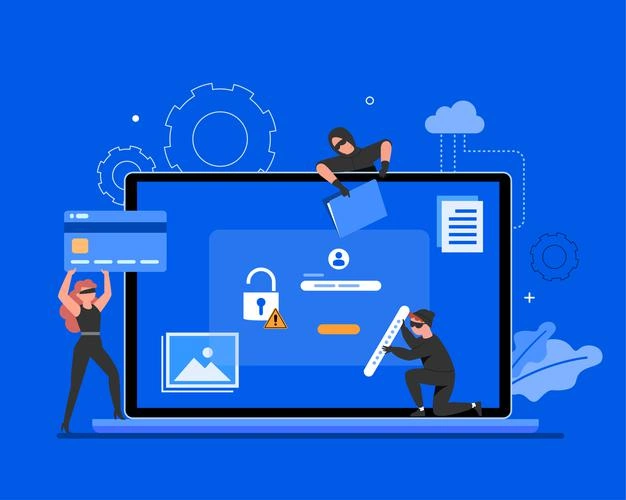
Sensitive Information Disclosure in LLMs
With the rapid advancement of large language models (LLMs), such as OpenAI’s ChatGPT, there is growing concern over the potential for sensitive information disclosure. As AI becomes more integrated into everyday applications, the risk of inadvertently revealing confidential data has become a major issue. This risk is categorized under the OWASP Top 10 for Large Language Model Risks as LLM06: Sensitive Information Disclosure.
Understanding Sensitive Information Disclosure
Sensitive information disclosure refers to the unintended exposure of private or confidential data through AI systems. LLMs are trained on vast amounts of data, which can sometimes include personal, financial, or proprietary information. During interactions, LLMs might unintentionally generate responses that reveal sensitive information from the training data or from the current session’s conversation. This risk is heightened when LLMs are used in corporate settings where confidential information is frequently handled.
Some typical scenarios include:
- Accidental data leakage: When LLMs generate outputs that reveal snippets of sensitive information from past training data.
- Improper handling of sensitive queries: Users might unknowingly input confidential information, assuming the interaction is entirely secure, leading to potential exposure in future sessions.
Factors Contributing to the Risk
Several key factors heighten the risk of sensitive information disclosure through LLMs:
- Large-scale data ingestion: LLMs are often trained on vast datasets, which could inadvertently contain confidential information, such as personal identifiers or intellectual property.
- Human-like language generation: LLMs are designed to produce responses that mimic human conversation, which could lead to unintended over-sharing of sensitive information.
- Contextual memory: Some LLMs retain the context of previous conversations, potentially reintroducing sensitive information into later responses.
Examples of Sensitive Information Disclosure
- Customer Data: LLMs trained on datasets that include customer information might unintentionally reveal personal details such as names, addresses, or payment information.
- Proprietary Data: In corporate environments, LLMs integrated into workflows might output confidential business information or trade secrets.
- Personal Health Information: LLMs used in medical applications could accidentally reveal protected health information (PHI), leading to potential regulatory violations (e.g., HIPAA in the U.S.).
Mitigation Strategies
To mitigate the risk of sensitive information disclosure when using LLMs, organizations should adopt a multi-pronged approach:
- Input sanitization and filtering: Implement strict filters that prevent users from inputting sensitive data into LLMs.
- Data minimization: Ensure that LLM training data is free from sensitive or personally identifiable information (PII). Use techniques like anonymization where necessary.
- Access controls and permissions: Restrict access to the LLM’s output to authorized personnel only and monitor usage to ensure compliance with internal data handling policies.
- Regular audits: Conduct regular audits of LLMs’ behavior to identify and rectify instances of sensitive information disclosure.
- User education: Train users to avoid submitting sensitive information during interactions with LLMs and educate them on the potential risks.
Conclusion
As large language models become increasingly prevalent, their potential to inadvertently disclose sensitive information is a risk that must be carefully managed. Organizations need to implement robust security measures, regularly audit LLM behavior, and ensure that users understand the risks associated with interacting with these powerful tools. By doing so, they can harness the benefits of LLMs while minimizing the risk of sensitive information disclosure.
For more insights into OWASP’s guidelines on LLM risks, visit the OWASP LLM Risk Framework.





